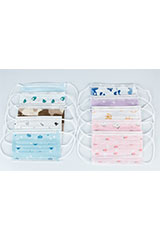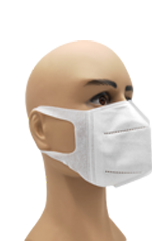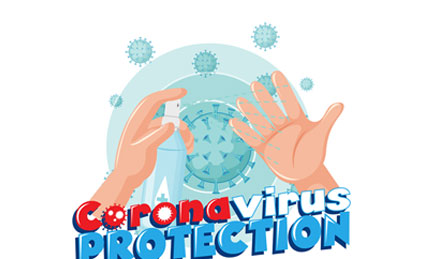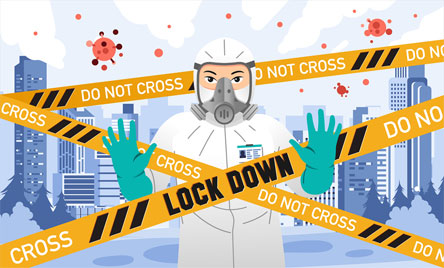Comparative Analysis of Standard Indexes of Medical Gowns
The "protective performance" of medical gown is the most important performance requirement, which mainly includes anti-liquid, anti-microorganism and anti-particulate. In 2003, China first promulgated the national mandatory standard "Technical Requirements for Single-Use Protective Clothing for Medical Use", which was revised in 2009. The performance indexes specified in GB19082-2009 Technical Requirements for Single-Use Protective Clothing for Medical Use are relatively abundant. At present, the international standard for medical gowns is the National Institute of Occupational Safety and Health (NIOSH) standard and the EN standard of the European Union.
(1) Internationally, medical gown is basically made of disposable nonwovens. But there are some differences in the focus, product performance requirements and test methods of gown indicators in different countries. Because of different testing methods, the index requirements of key items cannot be simply compared according to data.
(2) The filtration efficiency, the key index specified in Chinese GB19082-2009 Technical Requirements for Single-Use Protective Clothing for Medical Use, is not mentioned in other national standards. However, it does not involve some key indicators such as microbial penetration, anti-pollutant penetration and other test items. Both American and European Union standards have relevant requirements.
(3) In addition to the requirements of key indicators, NFPA 1999 has also made relevant provisions on physical safety during use. In addition to the breaking strength requirements for emergency medical gowns, it also requires the tearing strength, seam strength, item breaking strength and puncture strength, and also requires the overall comfort of emergency disposable medical gowns. In GB 19082, only the breaking strength of the materials in the key parts of protective clothing and surgical gown was required. There were no requirements for tearing and bursting, so there were certain risks during use.
(4) China, the United States and Europe have different emphasis on the requirements of wearing comfort. Chinese standards require moisture permeability, while American standards focus on the requirement of thermal insulation.
(5) American standard ANSI/AAMI PB 70: 12 divided the isolation ability of medical gowns into four grades. Among them, the products with the highest protection level must pass two key testing standards, ASTM F1670 (synthetic liquid penetration) and ASTM F1671 (virus penetration). However, medical gowns must pass at least ASTM F1670 test to meet the minimum standard of medical gowns in China.
(6) The European Standard for Protective Clothing consists of two sub-standard systems, EN14126 standard for preventing infection and TYPE sub-standard for resisting penetration of gas, liquid and solid particles. According to different objects for protection, European standard medical gowns are divided into six types: TYPE 1 and TYPE 2 for gas protection, TYPE 3/4/6 for liquid protection, TYPE 5 for solid and aerosol particle protection and tear strength of clothes. ISO 16603 is the reference standard for the test of synthetic blood permeation resistance of European standard medical gowns. According to this standard, the test grade of synthetic liquid penetration resistance of medical gowns is divided into 6 grades, and the highest grade is 6. The CLASS 2 of ISO 16603 and the extreme value of Chinese national standard are both 1.75kPa. European standard medical gowns must have the word EN14126 and at least reach TYPE4 to meet the Chinese national standard.




